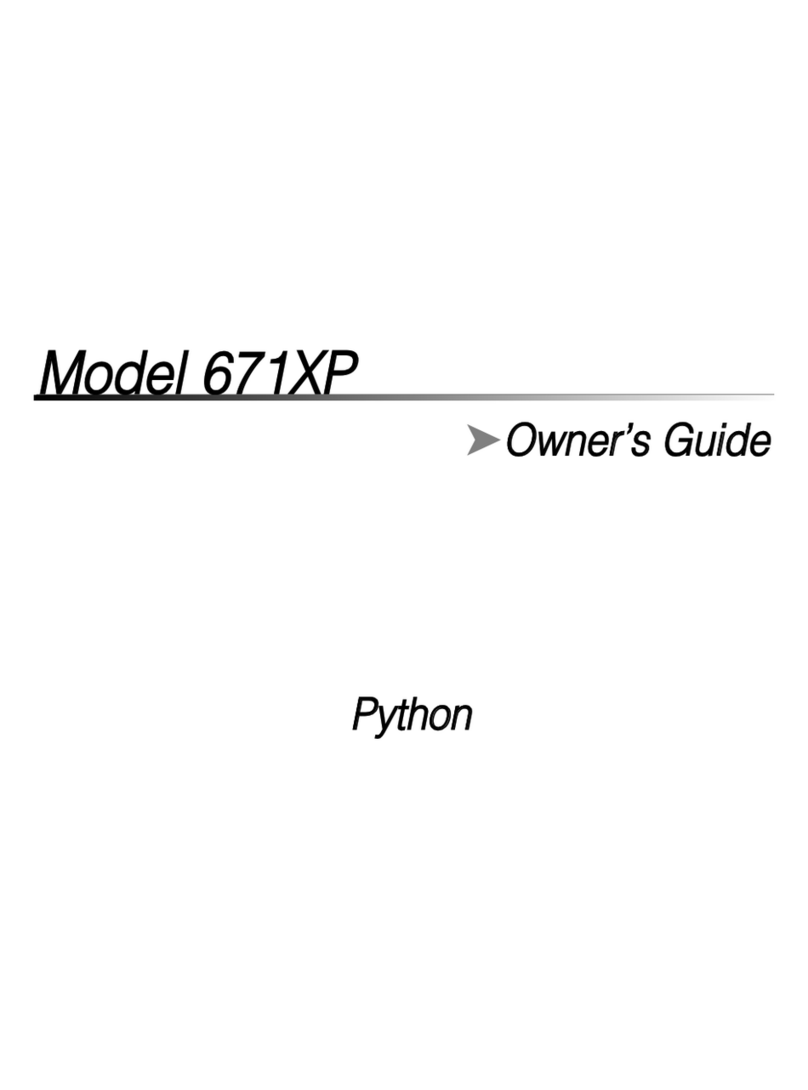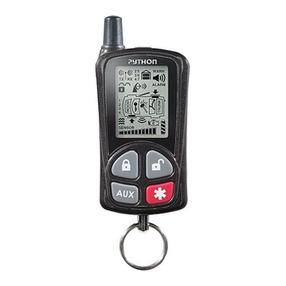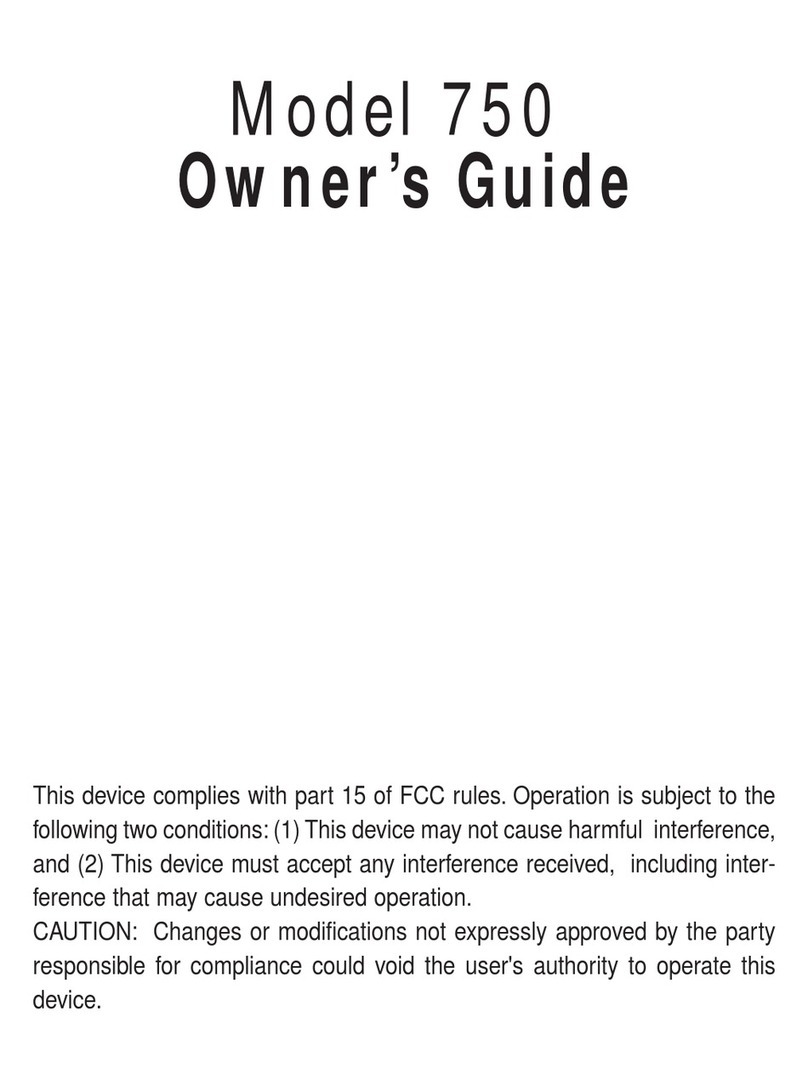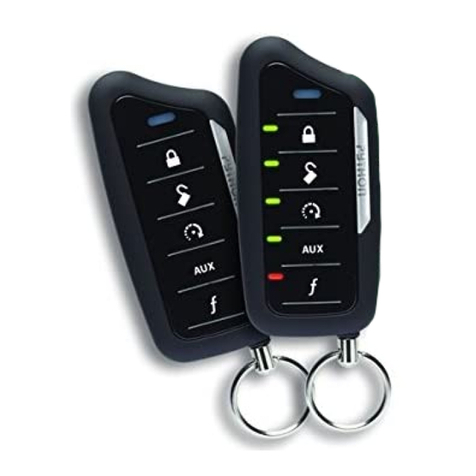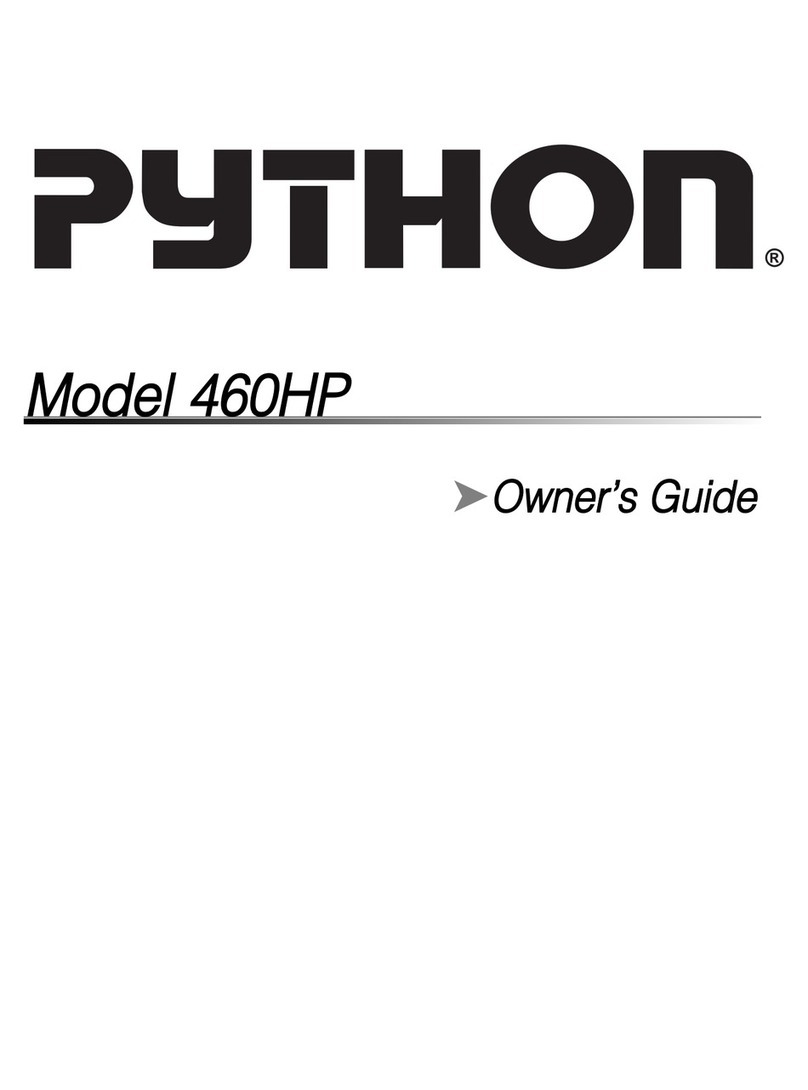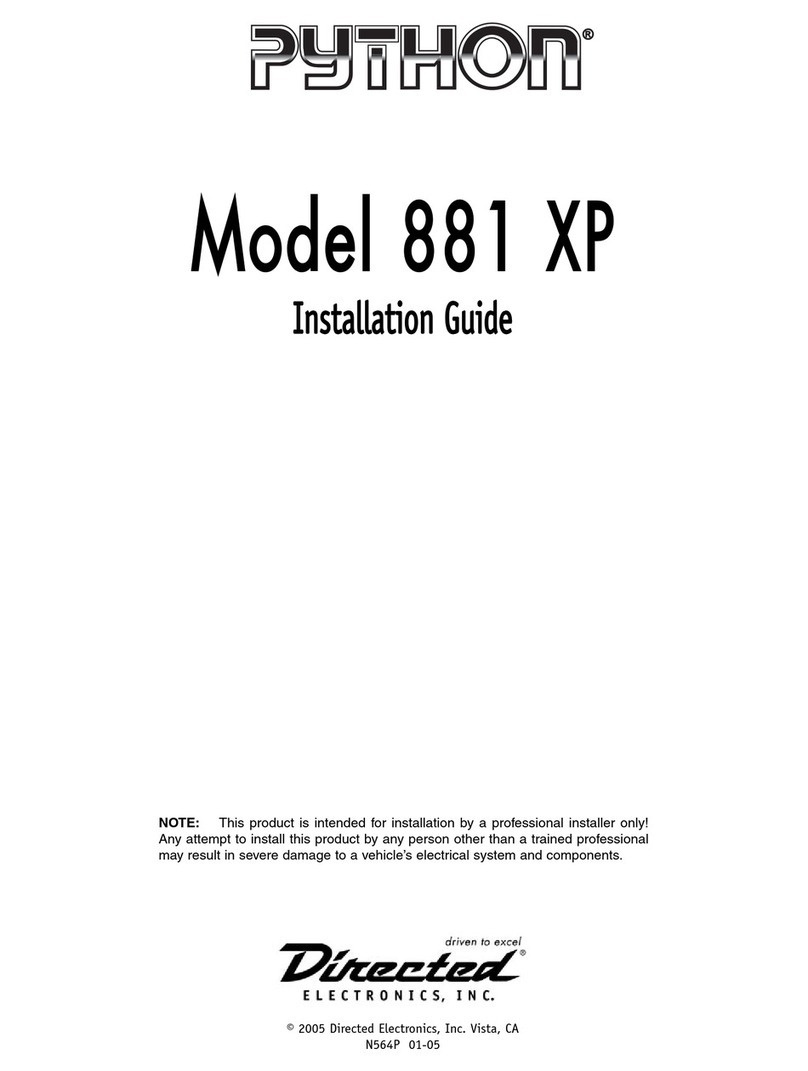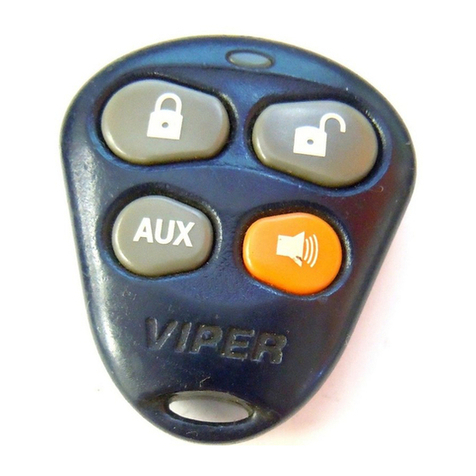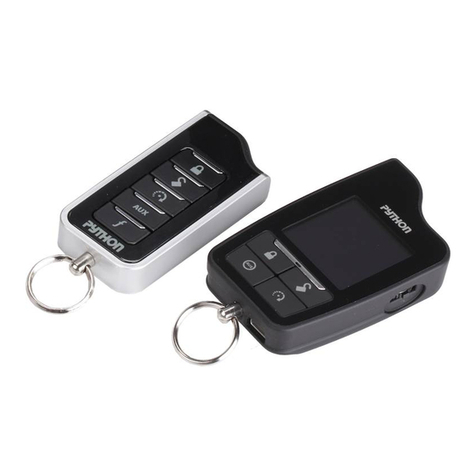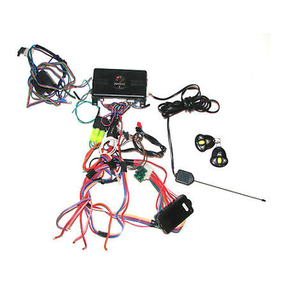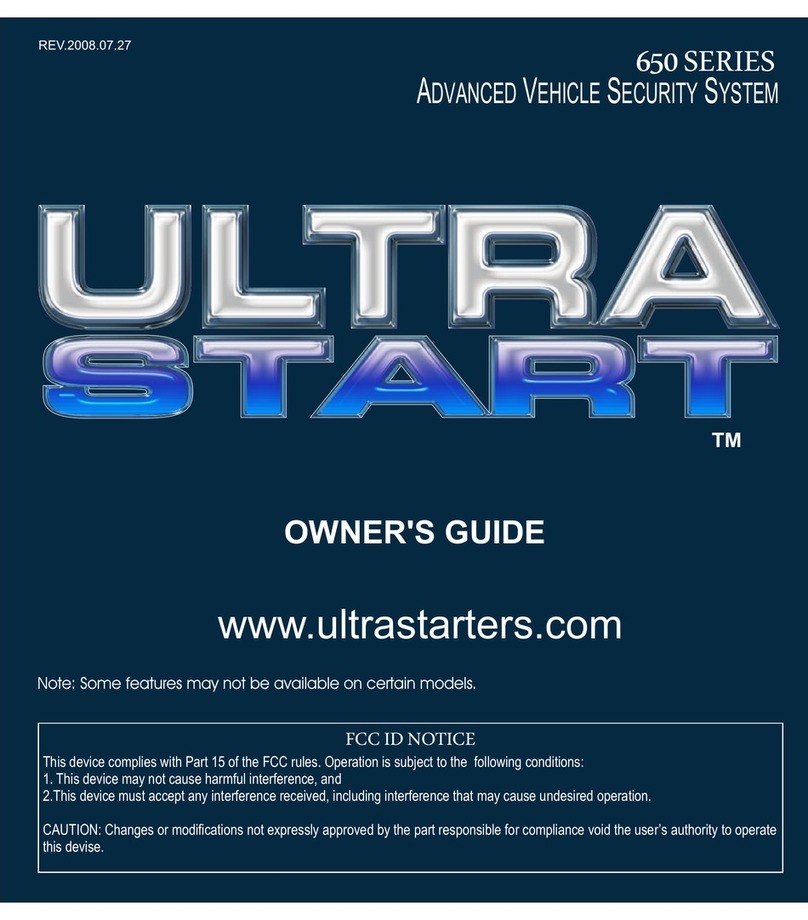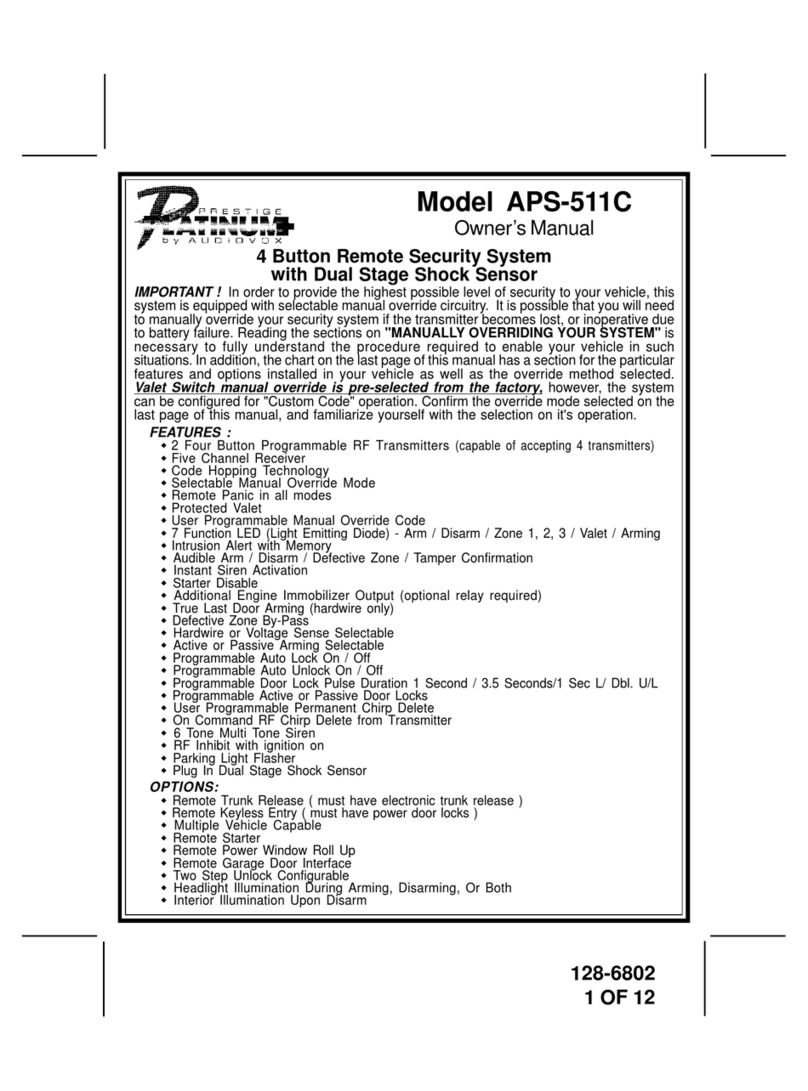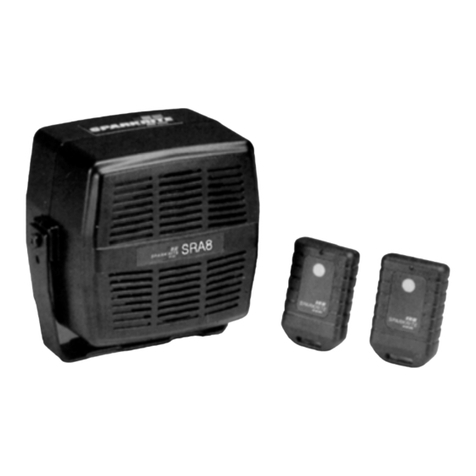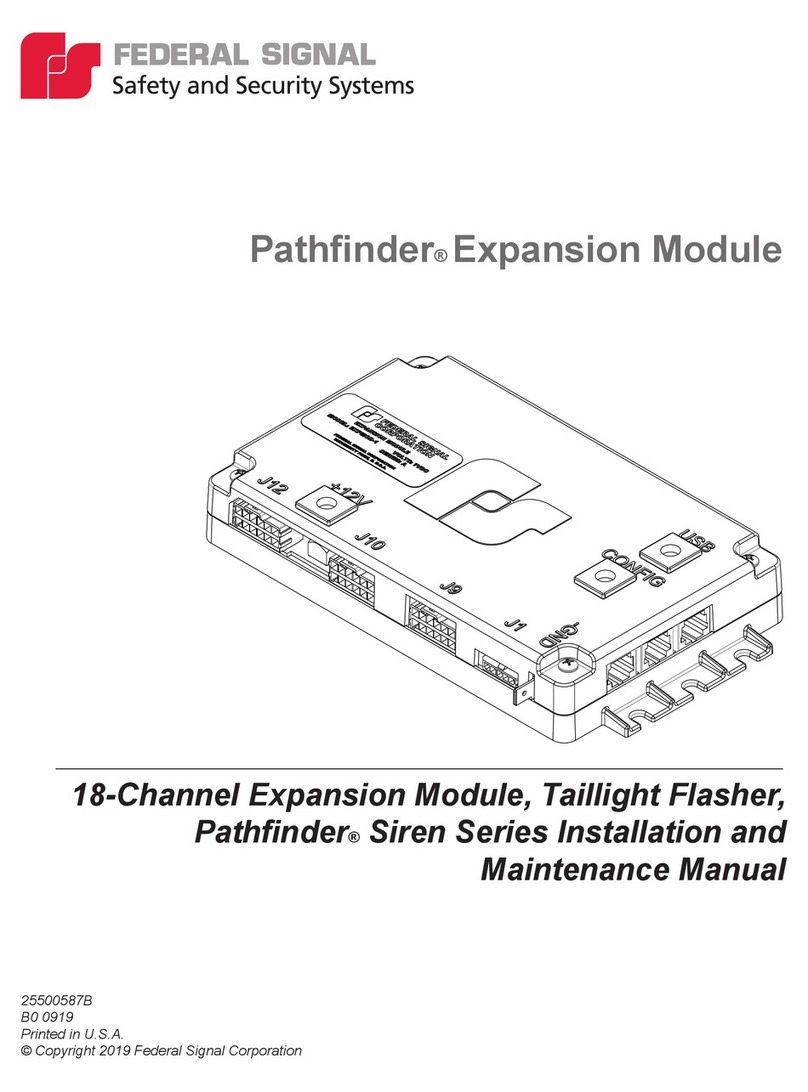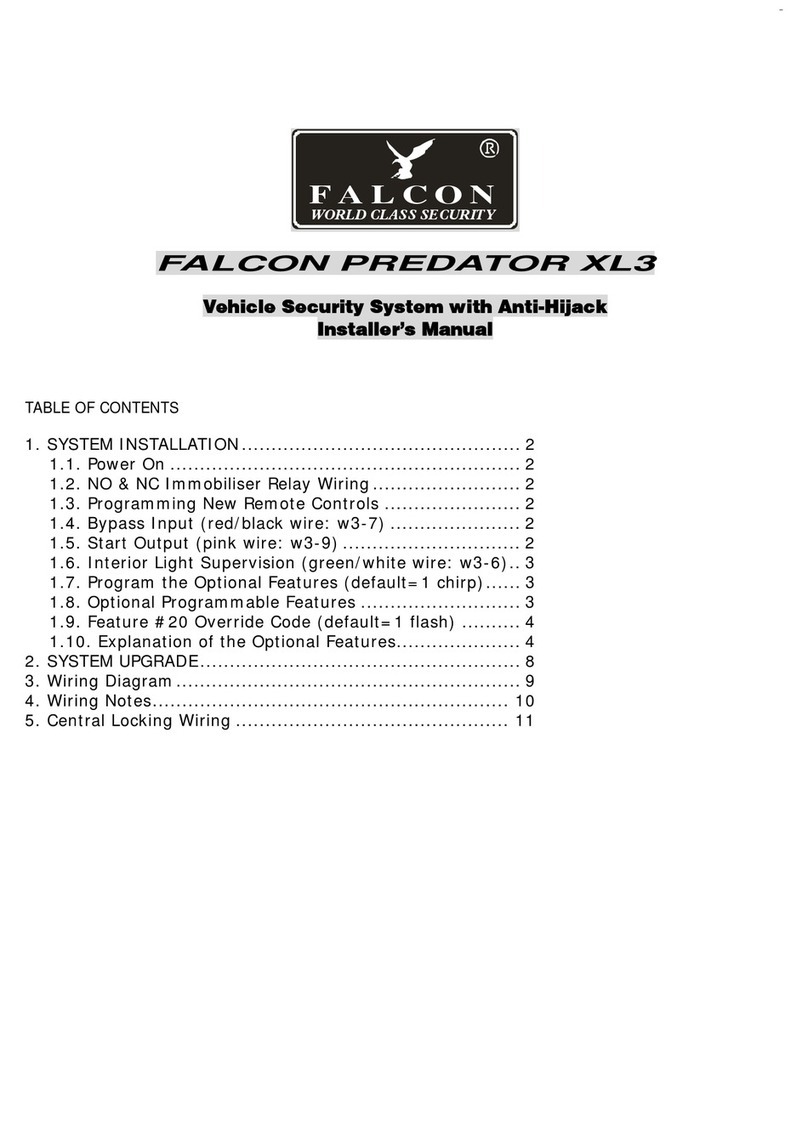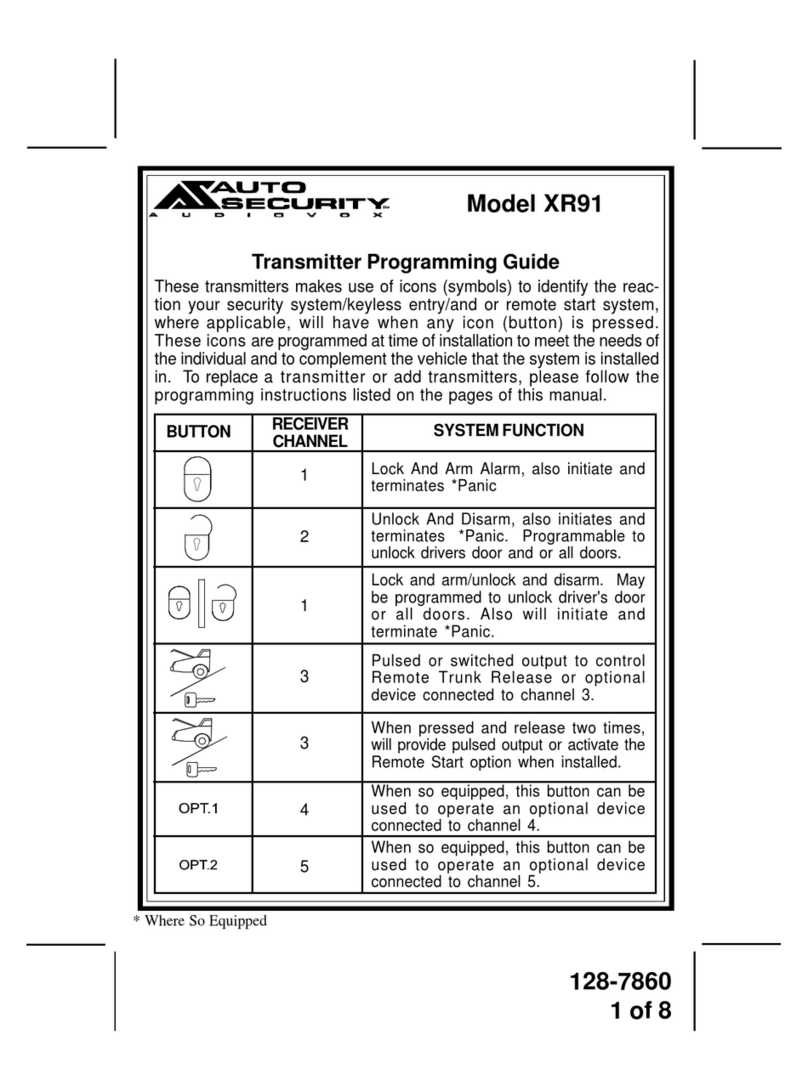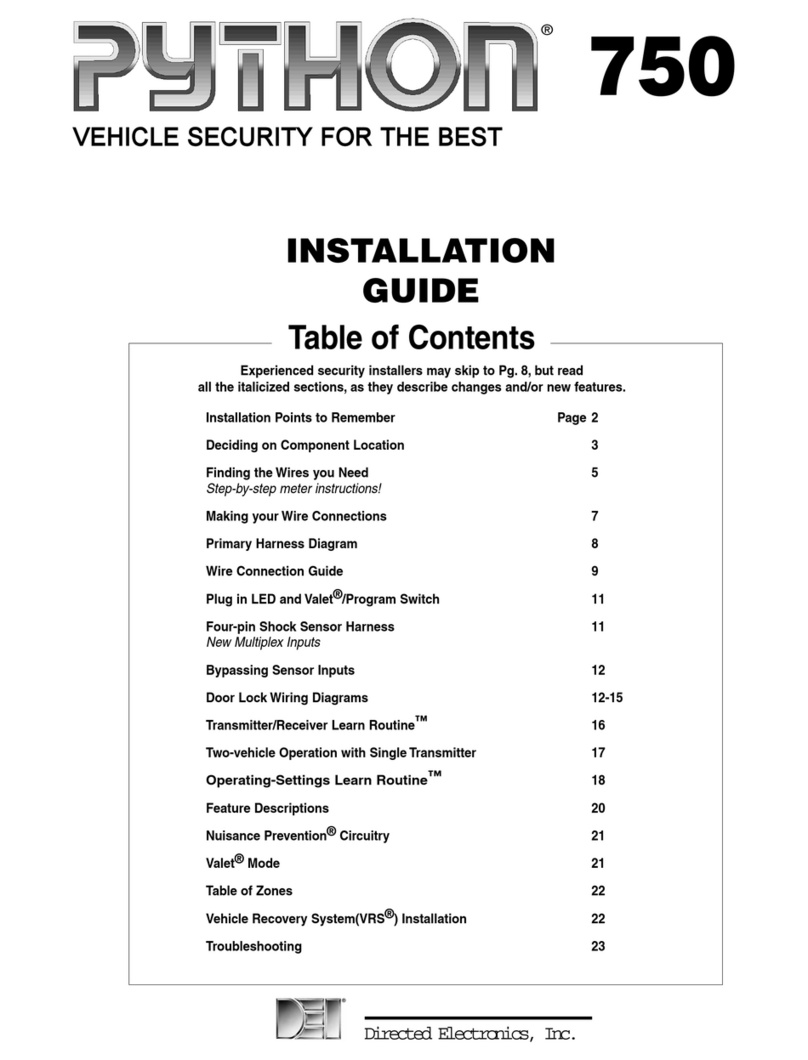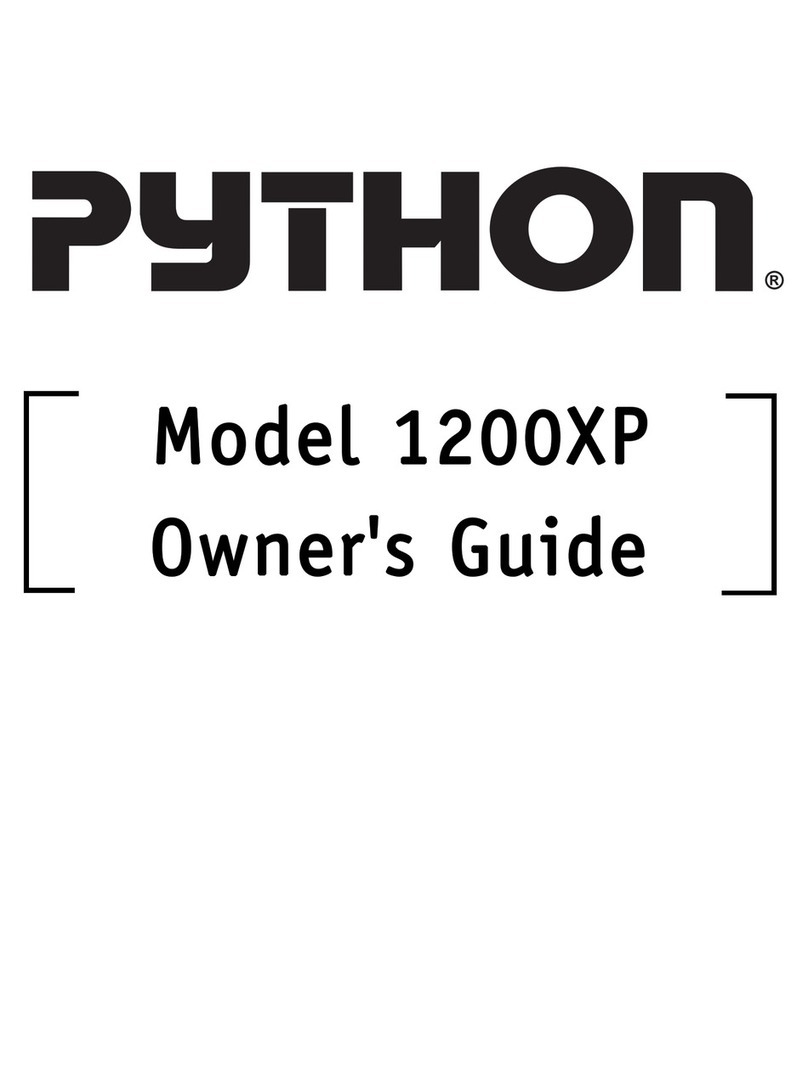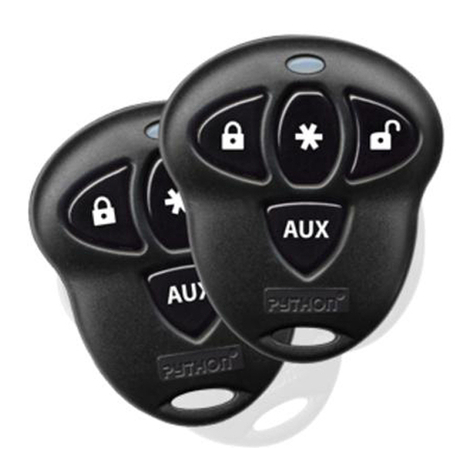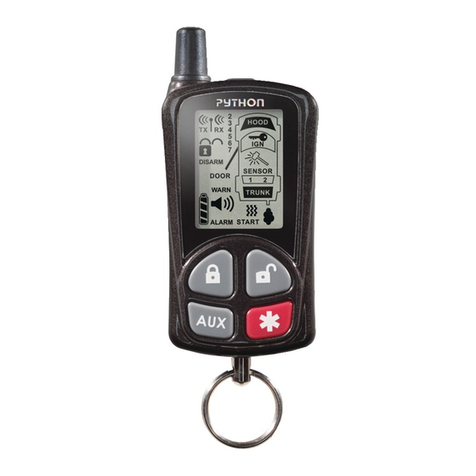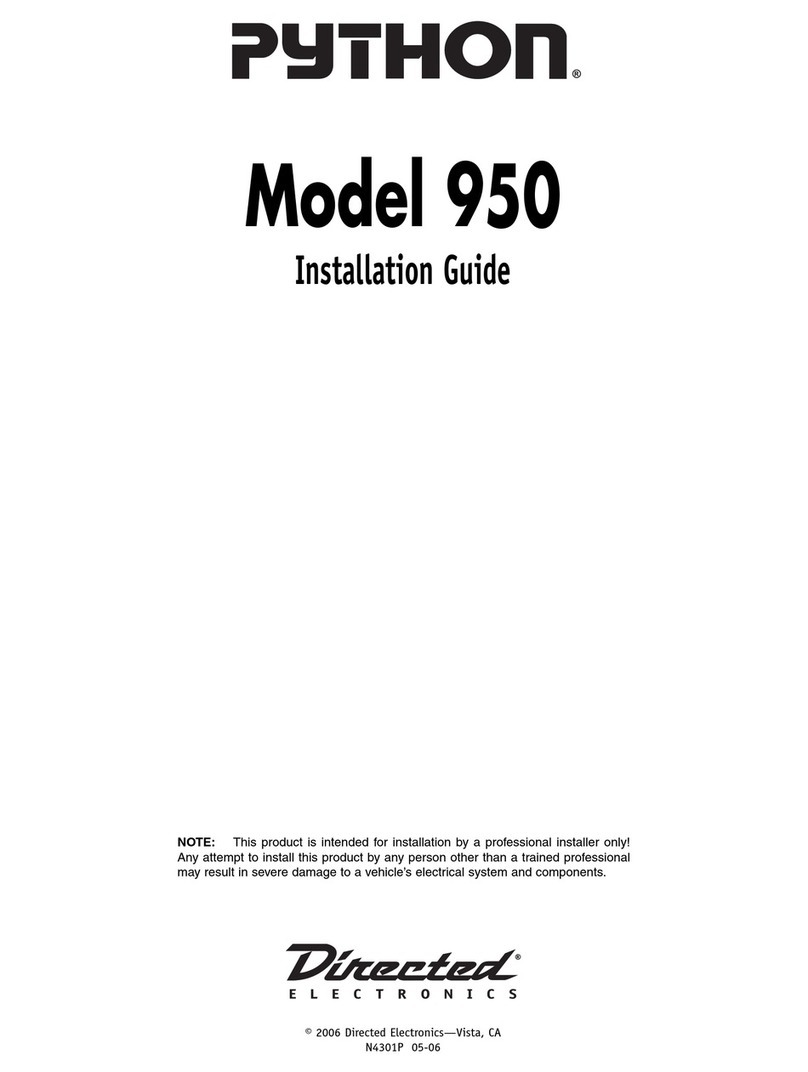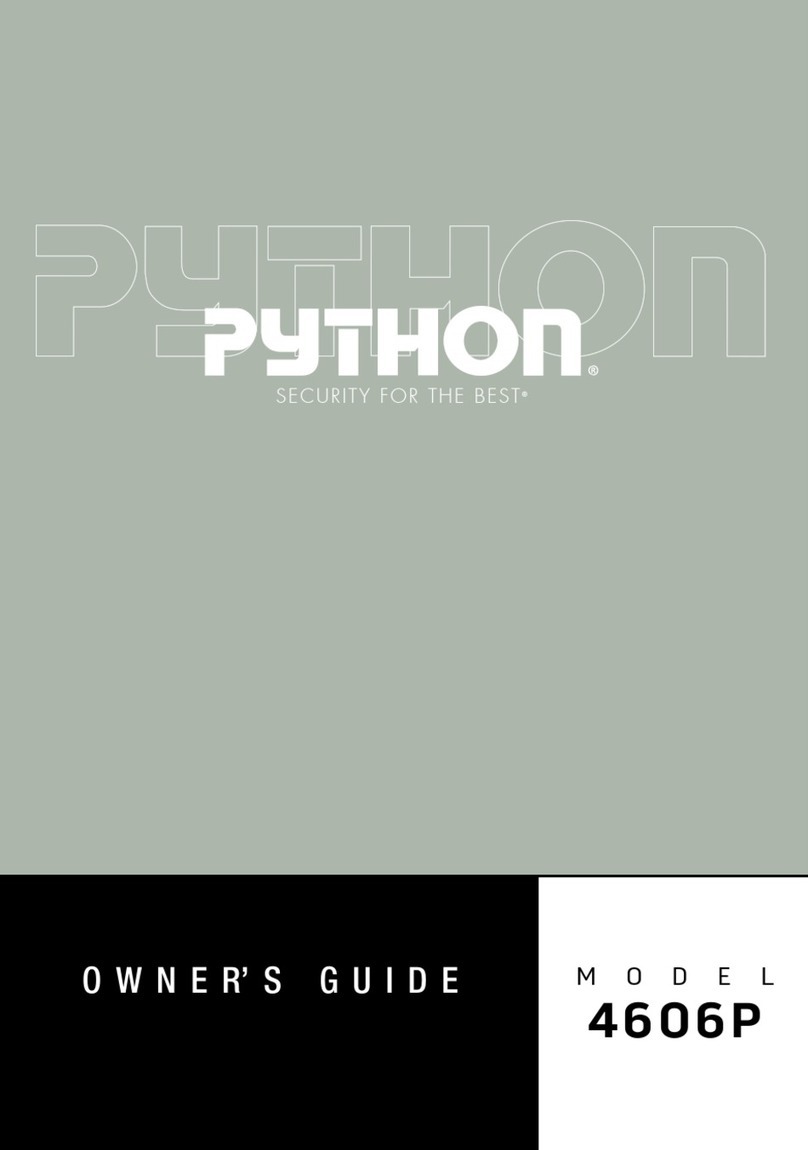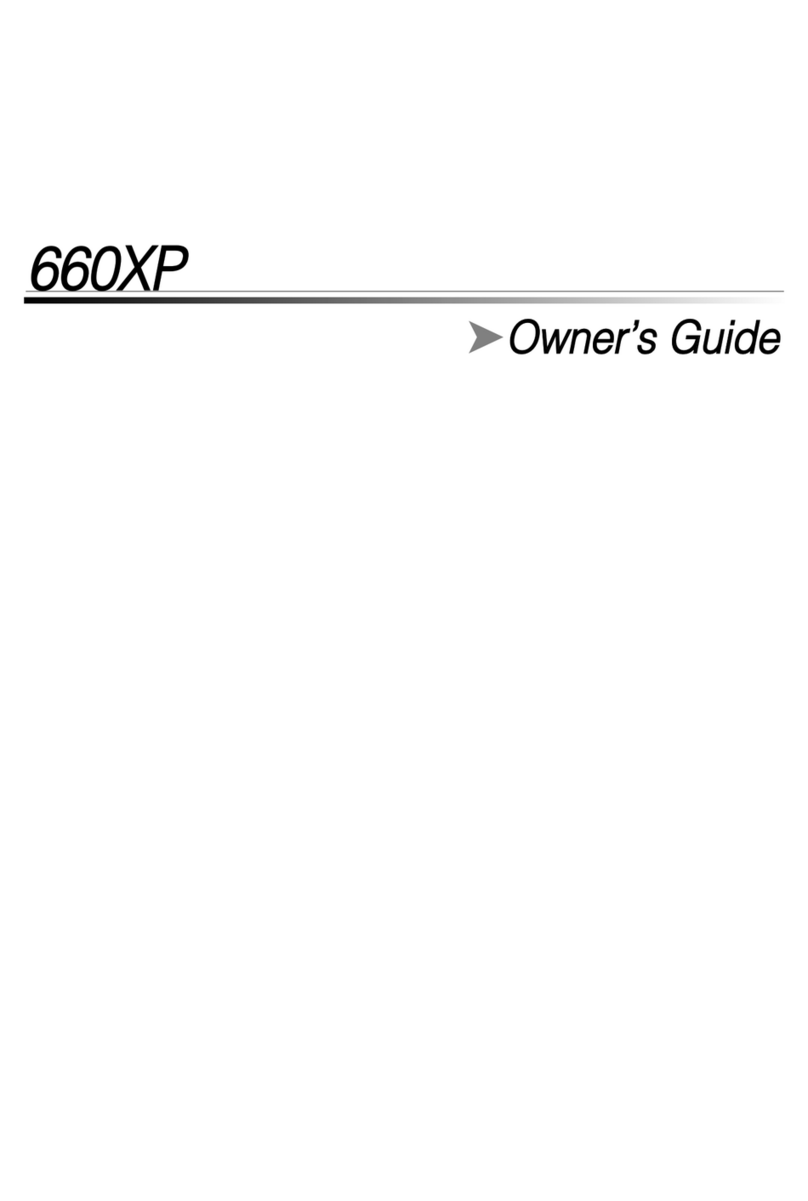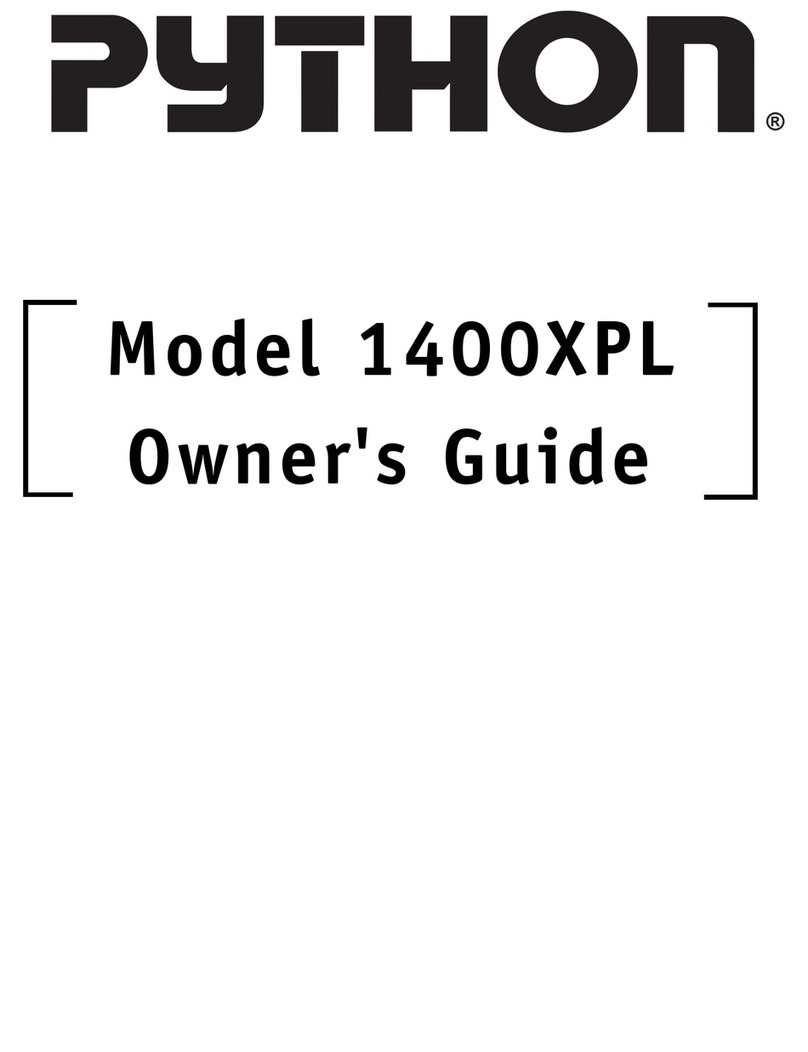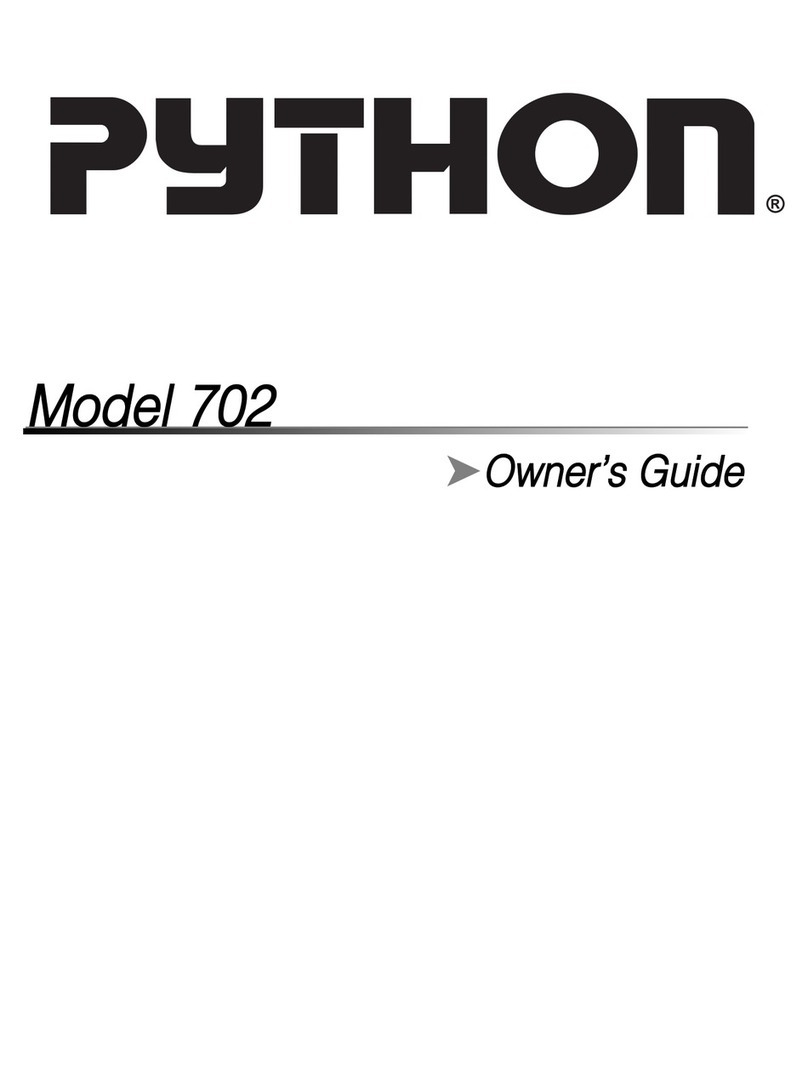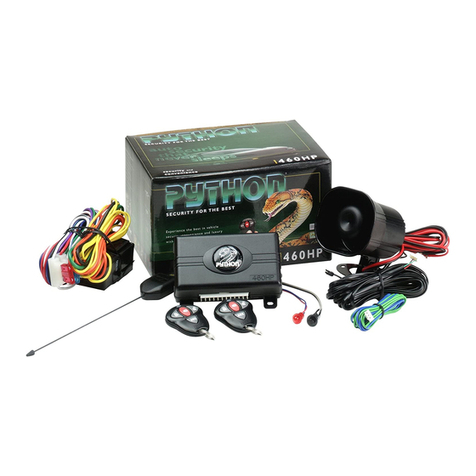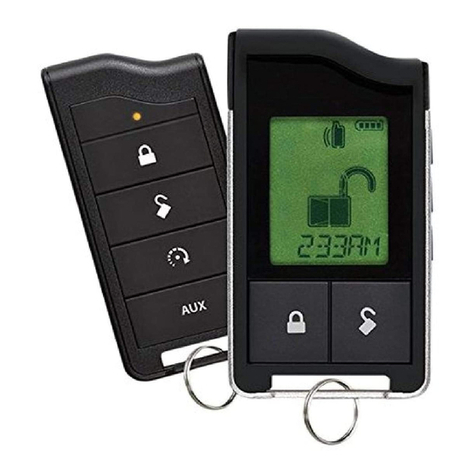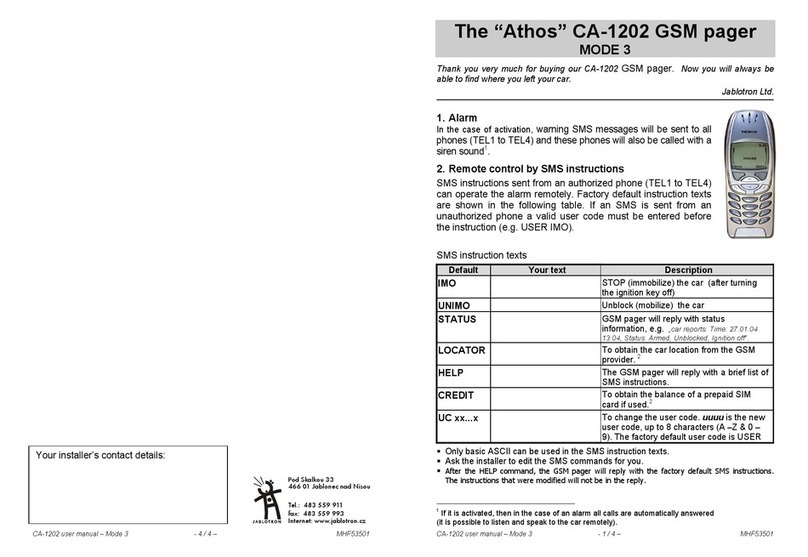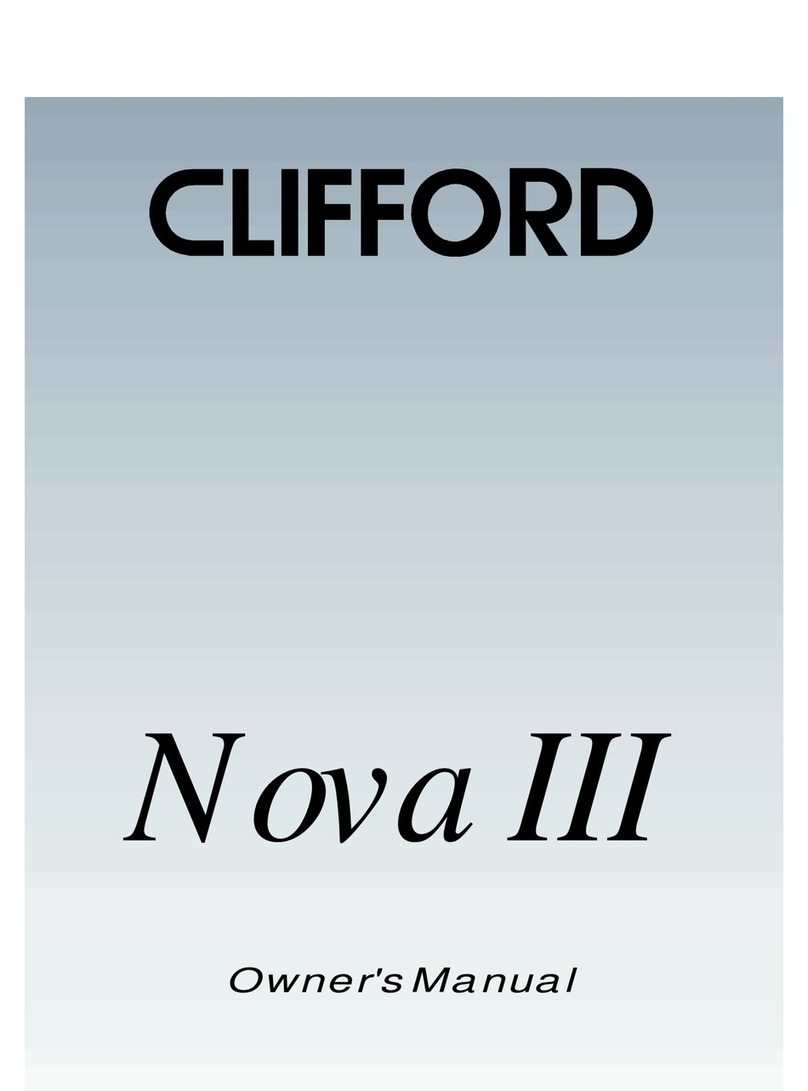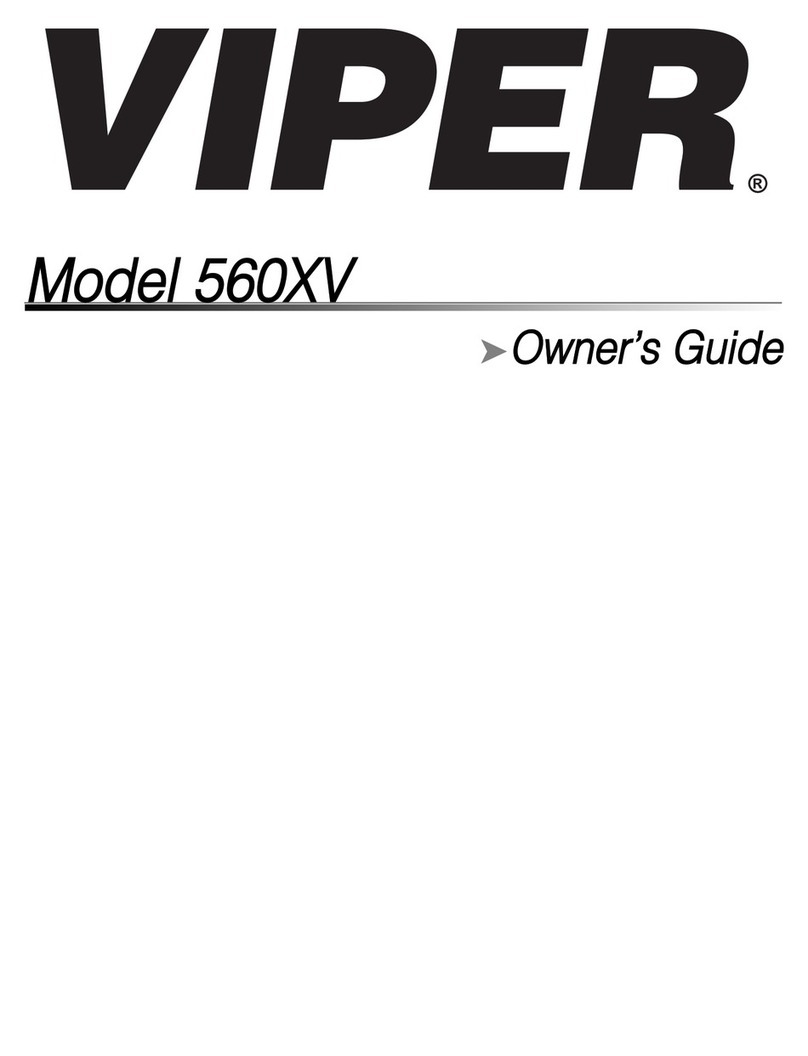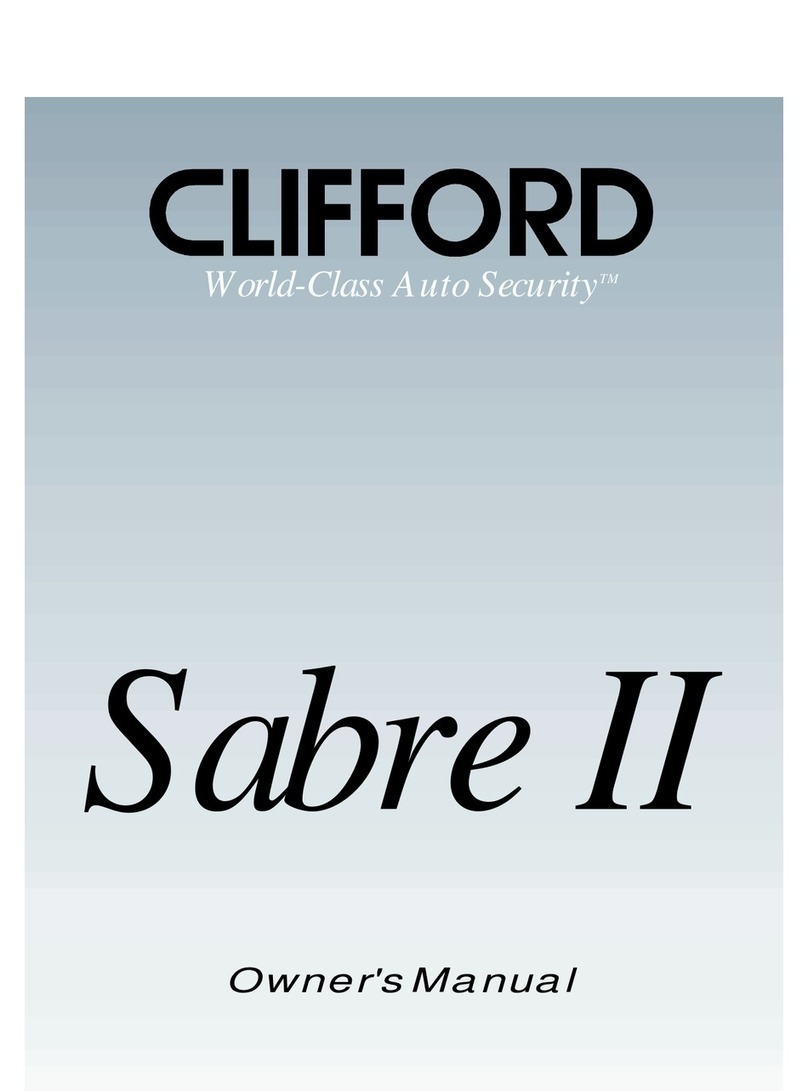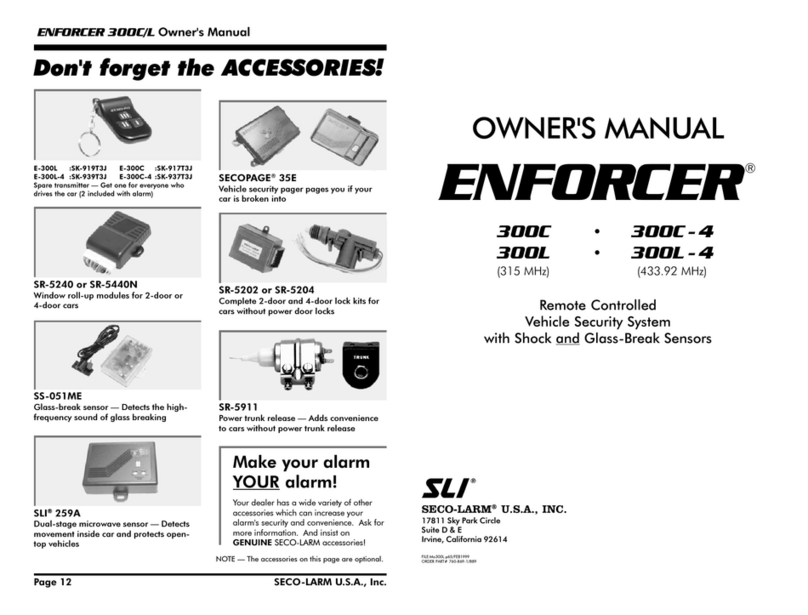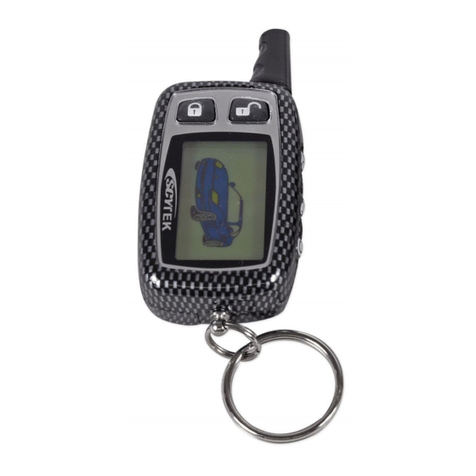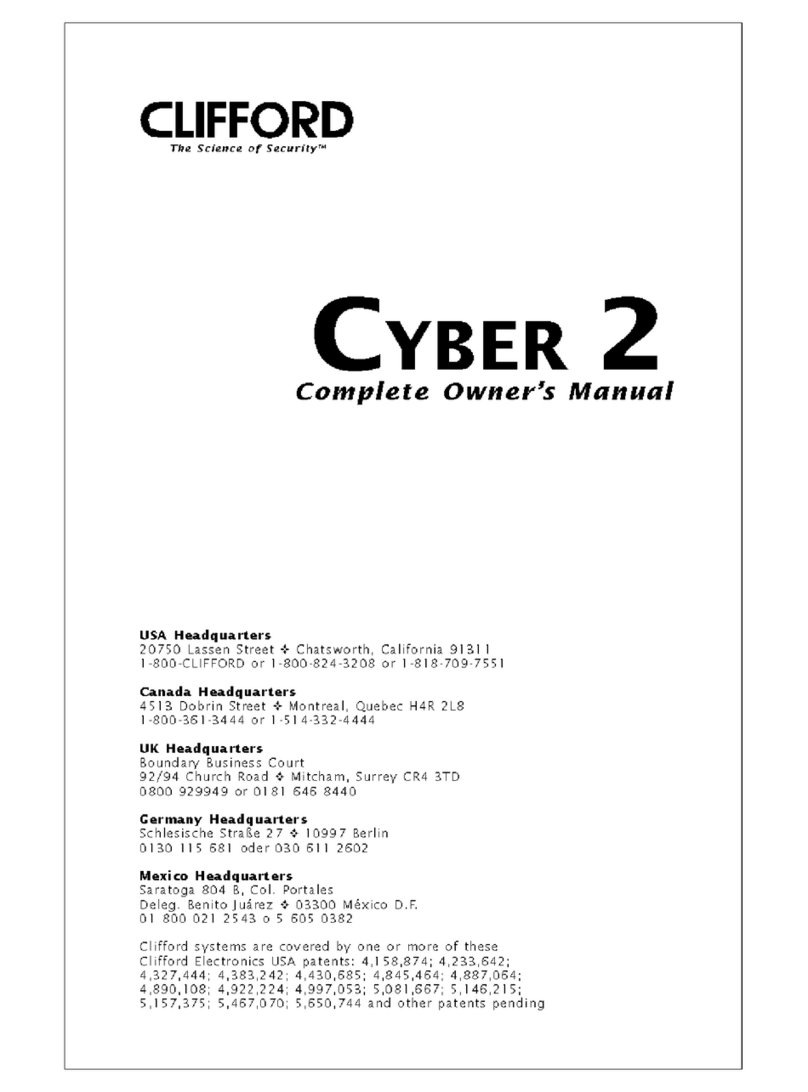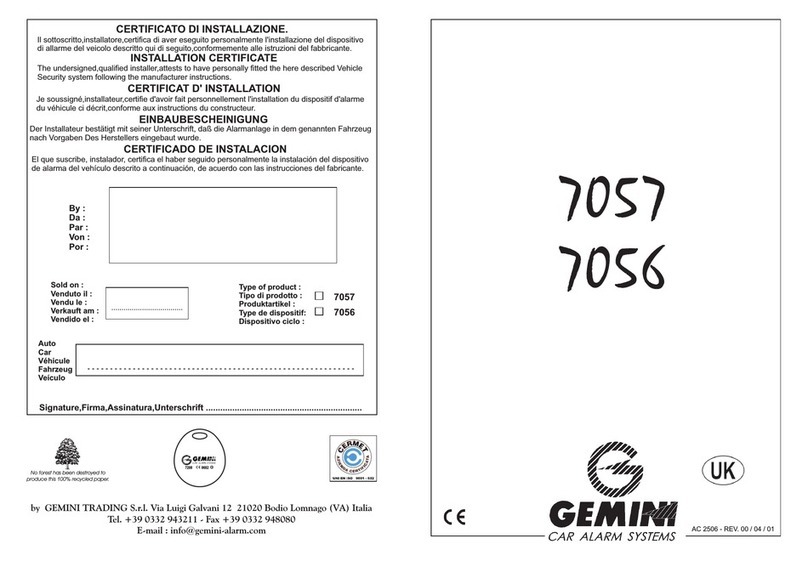© 2005 Directed Electronics—all rights reserved 33
ttaabblleeooffccoonntteennttss
wwaarrnniinngg!!ssaaffeettyyffiirrsstt..................................................44
iinnssttaallllaattiioonnppooiinnttssttoorreemmeem
mbbeerr..................................55
before beginning the installation . . . . . . . . . . . . . 5
after the installation. . . . . . . . . . . . . . . . . . . . . . 5
ddeecciiddiinnggoonnccoommppoonneennttllooccaattiioonnss............................
....66
locations for the control module . . . . . . . . . . . . . . 6
locations for the siren. . . . . . . . . . . . . . . . . . . . . 6
locations for stinger doubleguard shock sensor . . . . 7
mounting the antenna. . . . . . . . . . . . . . . . . . . . . 7
locations for the status LED . . . . . . . . . . . . . . . . . 8
locations for valet/program switch . . . . . . . . . . . . 8
locations for the optional starter kill relay . . . . . . . 9
locations for the relay satellite. . . . . . . . . . . . . . . 9
ffiinnddiinnggtthheewwiirreessyyoouunneeeedd........................................99
obtaining constant 12V . . . . . . . . . . . . . . . . . . . . 9
finding the 12V switched ignition wire. . . . . . . . . 10
finding the starter wire . . . . . . . . . . . . . . . . . . . 10
finding the accessory wire . . . . . . . . . . . . . . . . . 11
finding the tachometer wire . . . . . . . . . . . . . . . . 11
finding the wait-to-start bulb wire for diesels . . . 11
finding a (+) parking light wire. . . . . . . . . . . . . . 12
finding the door pin switch circuit . . . . . . . . . . . 12
mmaakkiinnggyyoouurrwwiirriinnggccoonnnneeccttiioonnss................................1133
pprriimmaarryyhhaarrnneessss((HH11)),,1122--ppiinnccoonnnneeccttoorr......................1144
aauuxxiilliiaarryyhhaarrnneessss((HH22)),,66--ppiinnccoonnnneeccttoorr......................1144
ddoooorrlloocckkhhaarrnneessss,,33--ppiinnccoonnnneeccttoorr............................1155
rreemmootteessttaarrttrriibbbboonnhhaarrnneessss,,wwiirriinnggddiiaaggrraamm................1155
hheeaavvyyggaauuggeerreellaayyssaatteelllliitteewwiirriinnggddiiaaggrraamm..................1166
rreemmootteessttaarrtthhaarrnneessss((HH33)),,55--ppiinnccoonnnneeccttoorr................1166
hhoorrnn,,cchhaannnneell66((HH44)),,22--ppiinnccoonnnneeccttoorr......................1166
pprriimmaarryyhhaarrnneessss((HH11))wwiirreeccoonnnneeccttiioonngguuiiddee................1177
sseeccoonnddaarryyhhaarrnneessss((HH22))wwiirreeccoonnnneeccttiioonngguuiiddee............2211
rreellaayyssaatteelllliitteewwiirreeccoonnnneeccttiioonngguuiiddee..........................2244
rreemmootteessttaarrttsseeccoonnddaarryyhhaarrnneessss
((HH33))wwiirree....................
ccoonnnneeccttiioonngguuiiddee....................................................2255
hhoorrnn,,cchhaannnneell66hhaarrnneessss((HH44))wwiirreeccoonnnneeccttiioonngguuiiddee....2266
nneeuuttrraallssaaffeettyysswwiittcchhiinntteerrffaaccee..........
........................2277
testing the neutral safety switch. . . . . . . . . . . . . 27
bbyyppaassssiinnggGGMMvveehhiicclleeaannttii--tthheeffttssyysstteemmss((VVAATTSS))..........3300
11999955aannddnneewweerrvveehhiicclleeaannttii--tthheeffttssyysstteemmss..................
((iimmmmoobbiilliizzeerrss))........................................................3311
passlock I and passlock II (PL-1 and PL-2). . . . . . 31
passkey III (PK-3), transponder-based systems . . . 31
pplluugg--iinnLLEEDDaannddvvaalleett//pprrooggrraammsswwiittcchh........................3322
pprrooggrraammmmeerriinntteerrffaaccee,,33--ppiinnbbllaacckkpplluugg......................3322
sshhoocckksseennssoorrhhaarrnneessss,,44--ppiinnccoonnnneeccttoorr........................3333
ttaacchhlleeaarrnniinngg..........................................................3344
pprrooggrraammmmiinnggjjuummppeerrss..............................................3344
ttrraannssmmiitttteerr//rreecceeiivveerrlleeaarrnnrroouuttiinnee™™............................3355
tach threshold on/off . . . . . . . . . . . . . . . . . . . . 35
light flash (+)/(-) . . . . . . . . . . . . . . . . . . . . . . . 35
ttrraannssmmiitttteerrccoonnffiigguurraattiioonnss........................................3377
standard configuration. . . . . . . . . . . . . . . . . . . . 37
mmuullttii--lleevveellsseeccuurriittyyaarrmmiinngg........................................3388
ssyysstteemmffeeaattuurreesslleeaarrnnrroouuttiinnee....................................3399
ffeeaattuurreemmeennuuss........................................................4411
menu #1 - basic features . . . . . . . . . . . . . . . . . . 41
menu #2 - advanced features . . . . . . . . . . . . . . . 42
menu #3 - remote start options . . . . . . . . . . . . . 43
ffeeaattuurreeddeessccrriippttiioonnss................................................4444
menu #1 - basic features . . . . . . . . . . . . . . . . . . 44
menu #2 - advanced features . . . . . . . . . . . . . . . 45
menu #3 - remote start options . . . . . . . . . . . . . 48
nnuuiissaanncceepprreevveennttiioonn®®cciirrccuuiittrryy..................................4499
vvaalleettmmooddee..............................................................5500
rreeaarrddeeffooggggeerrccoonnttrrooll................................................5500
ttiimmeerrmmooddee............................................................5511
ttaabblleeooffzzoonneess........................................................5522
sshhuuttddoowwnnddiiaaggnnoossttiiccss..............................................5522
to perform shutdown diagnostics . . . . . . . . . . . . 52
lloonnggtteerrmmeevveenntthhiissttoorryy............................................5533
ssaaffeettyycchheecckk............................................................5533
ttrroouubblleesshhoooottiinngg................................
......................5544
alarm troubleshooting . . . . . . . . . . . . . . . . . . . . 54
remote start troubleshooting . . . . . . . . . . . . . . . 55
wwiirriinnggqquuiicckkrreeffeerreenncceegguuiiddee....................................5577
rreellaayy
ssaatteelllliitteewwiirriinnggqquuiicckkrreeffeerreenncceegguuiiddee..................5588
